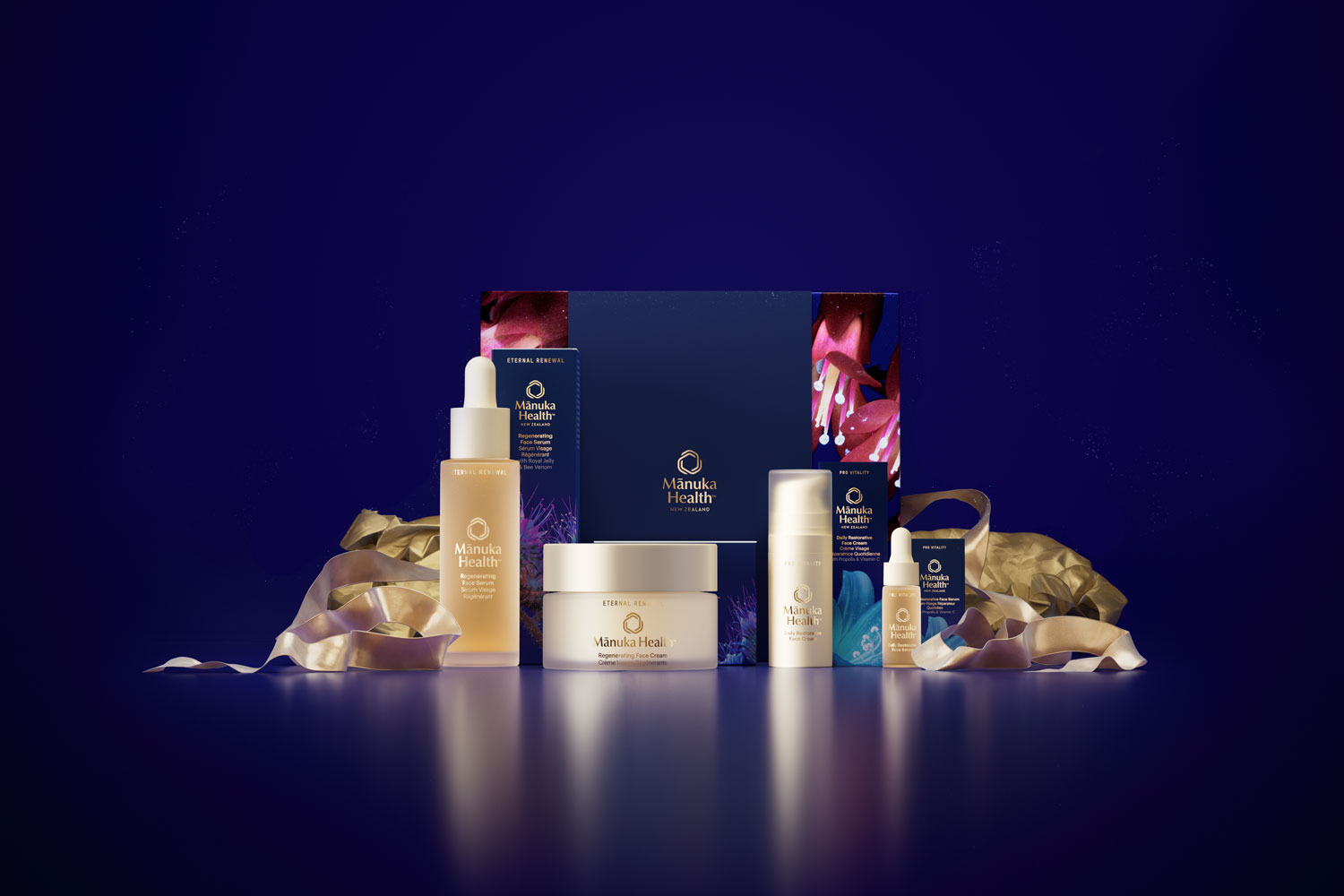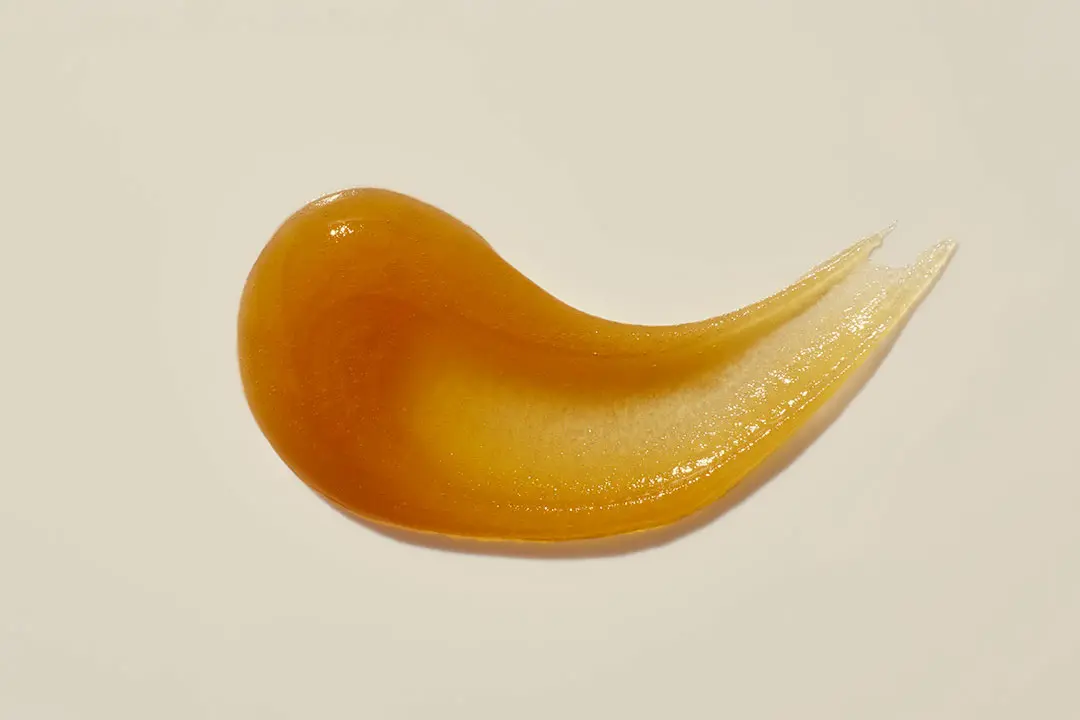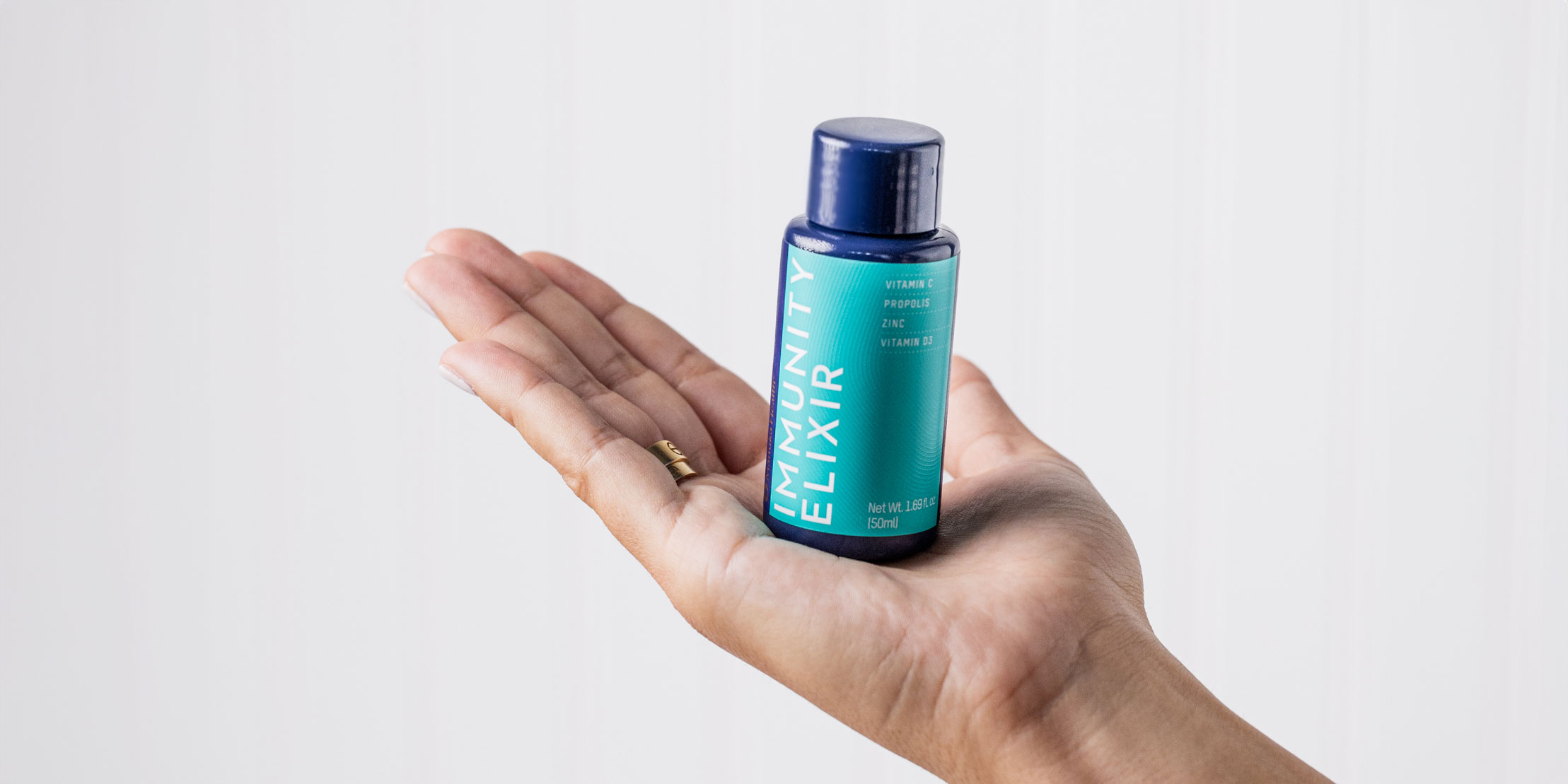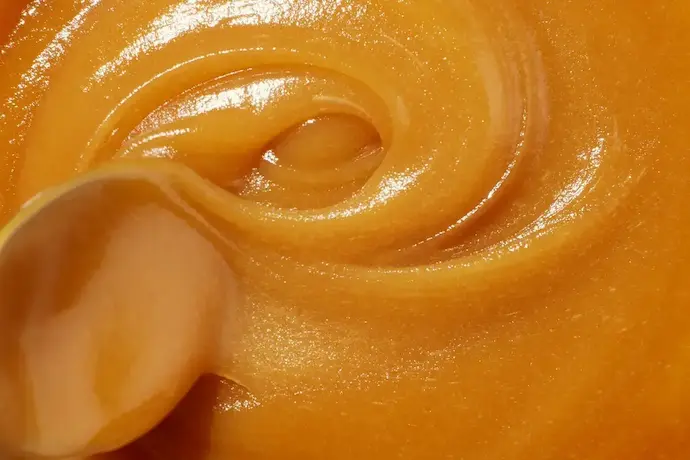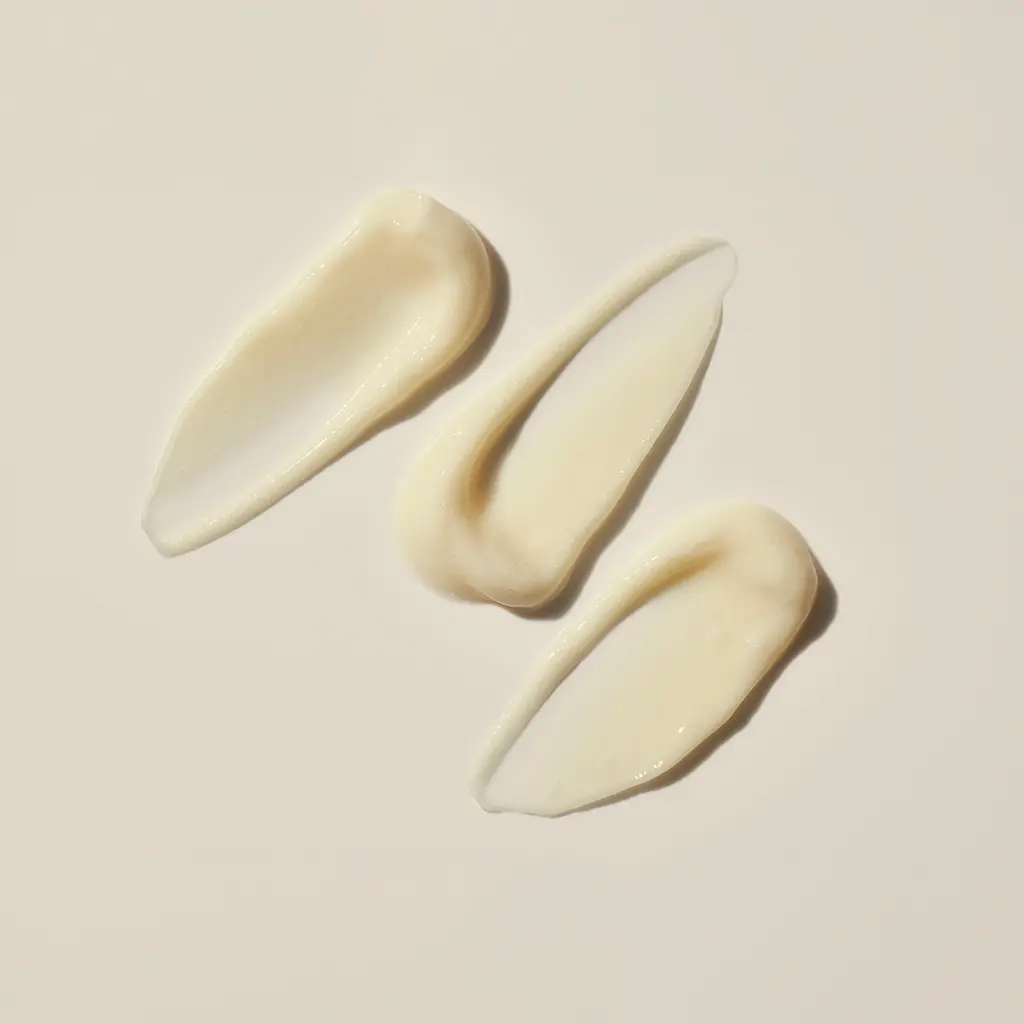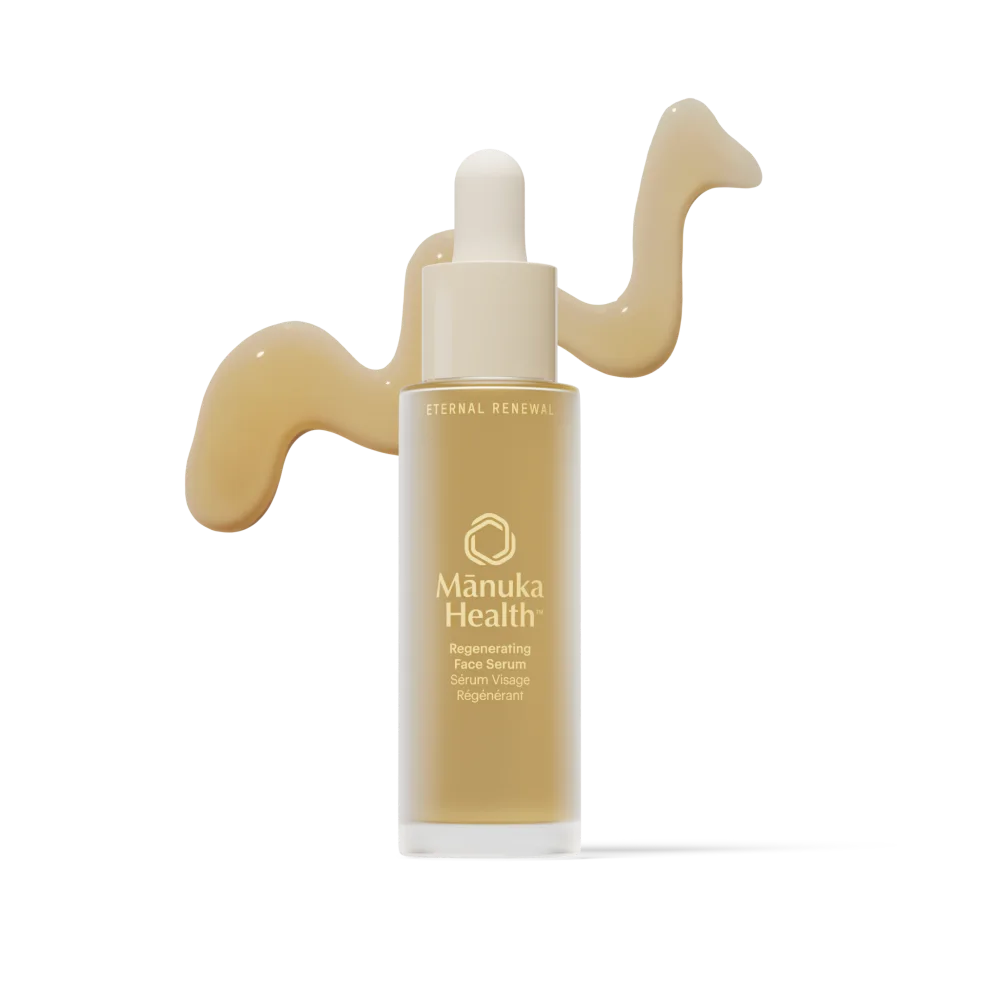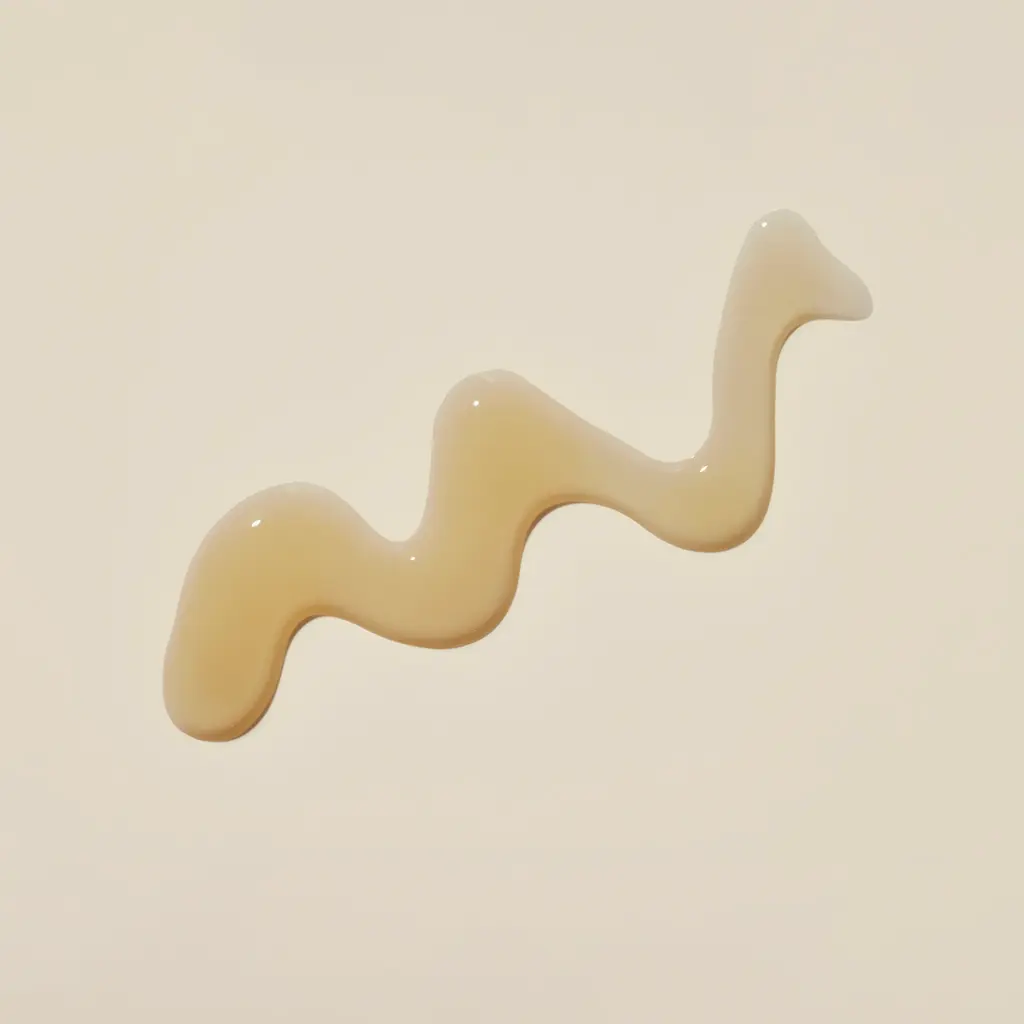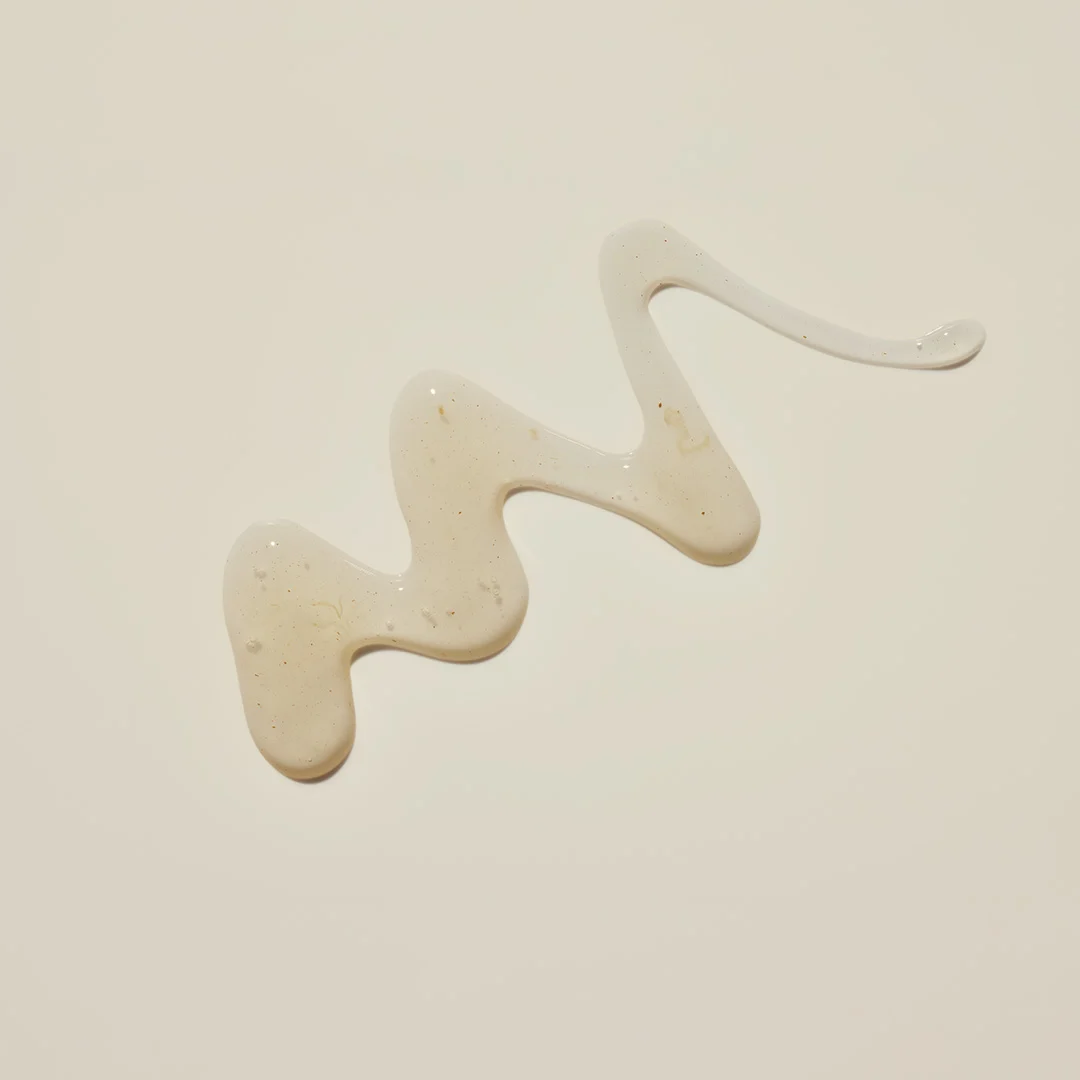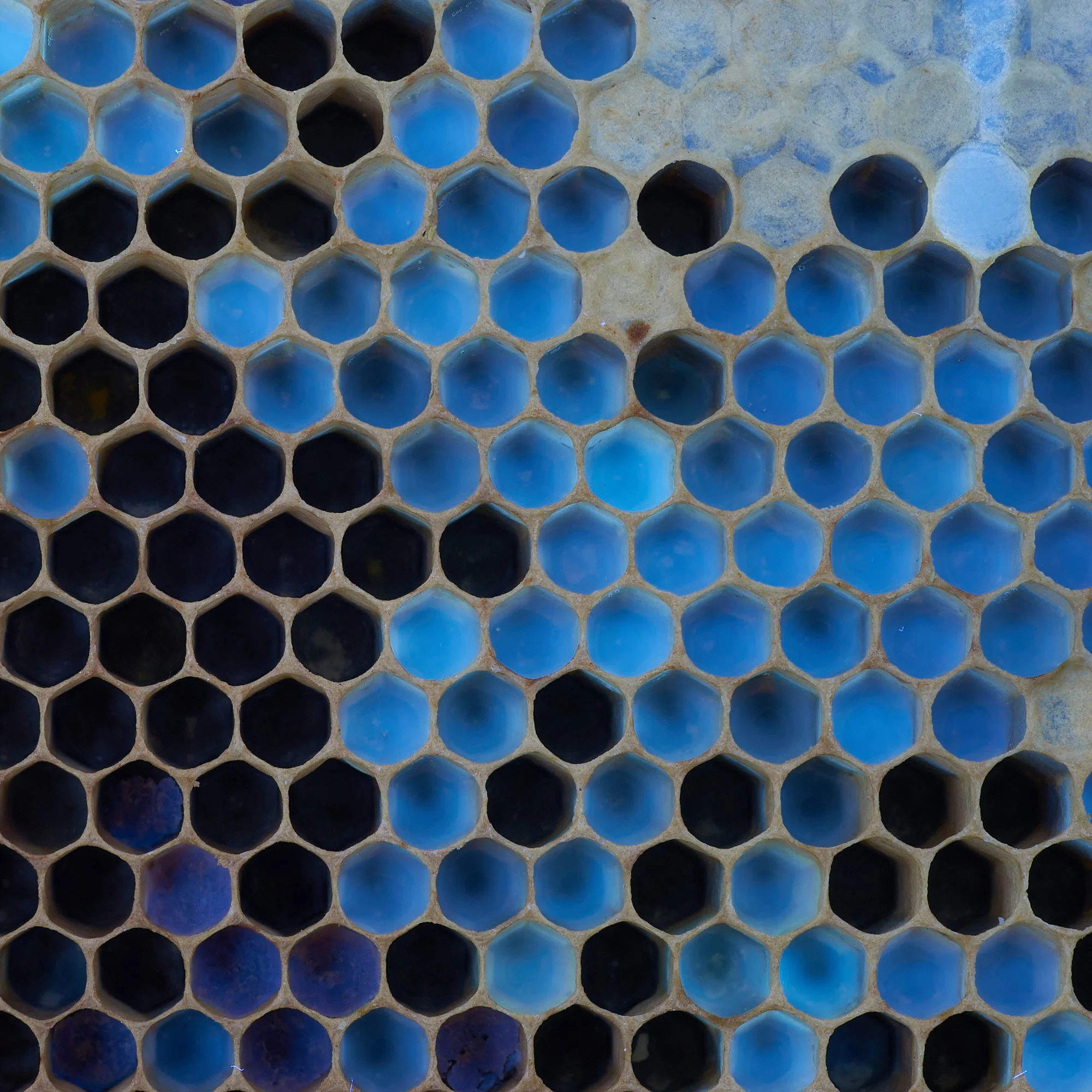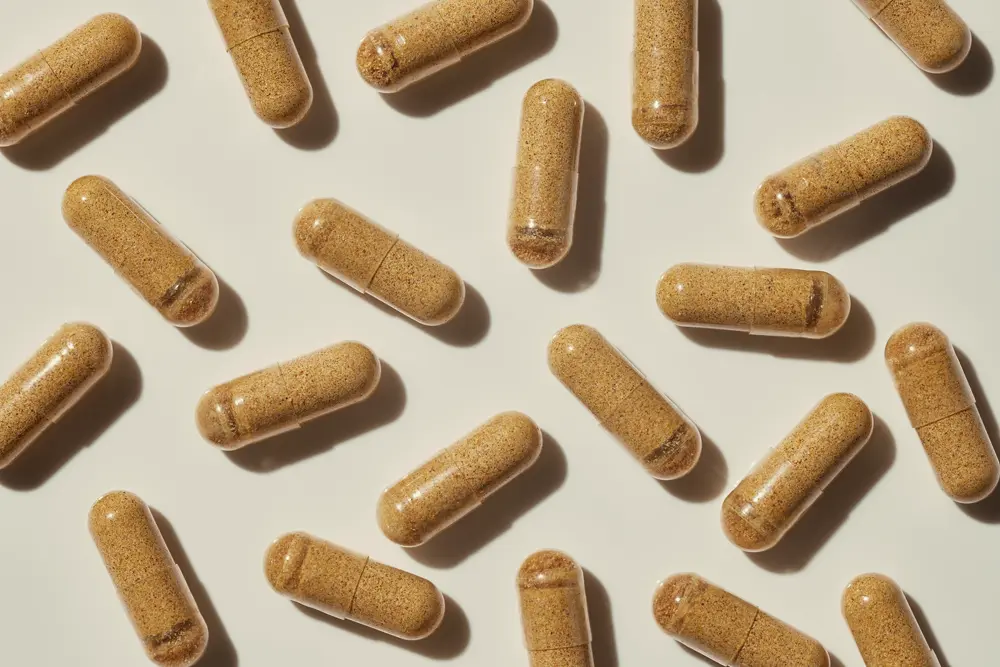Black Friday Sale
20% Off Premium Honey & Skincare30% Off Classic JarsShop the Sale
CHOOSE YOUR LOCATION
Please select which country you are shopping in.

- Black Friday Sale
- Shop
- Immune Support
Extra Immunity Support
Immunity Elixir ShotsPropolis Throat SprayDaily Defense
Propolis 1-A-Day Capsules Mānuka Honey
- Learn
- Contact Us
Contact Us
Contact UsAffiliate Program
- Start Your Wellness Quiz

Bee Venom: Nature’s Elixir for Ageless Beauty
SECRET TO AGELESS BEAUTY
Discover the fascinating and complex substance of bee venom, produced by honeybees as a defense mechanism. While it can cause a painful sting, this potent secretion is gaining recognition for its impressive benefits, particularly in skincare and medicine.
WHAT IS BEE VENOM?
Bee venom is a liquid secreted by honeybees through a specialized structure known as the sting. Primarily, this venom functions as a defense mechanism, helping to protect the hive from predators by inflicting pain and deterring threats. However, its unique biochemical properties have garnered significant interest beyond its defensive role. In recent years, bee venom has become a focal point in fields such as medicine and cosmetics, where its potential benefits are being explored for various therapeutic and skincare applications.
THE RICH HISTORY OF BEE VENOM
Bee venom has a long and storied history, stretching back to ancient civilizations. Early records from Egypt, Greece, and Rome reveal that bee venom was used for its medicinal properties. Ancient Egyptian texts mention its use in treating ailments and as a component in various health remedies.
In ancient Greece, Hippocrates, often called the "Father of Medicine," acknowledged the benefits of bee venom in treating joint pain and inflammation. Similarly, the Romans employed bee venom in their medical practices, appreciating its therapeutic potential.
Throughout the centuries, the use of bee venom in traditional medicine has continued. In the 19th and early 20th centuries, it gained renewed interest in Europe and Asia for its anti-inflammatory and pain-relieving properties. The modern era has seen a resurgence of scientific research into bee venom, validating many of these historical claims and uncovering new applications in skincare and medicine.
WHY BEE VENOM STANDS OUT
Bee venom is distinguished by its rich and diverse composition, including a blend of proteins, peptides, enzymes, and other bioactive molecules. Each component plays a specific role, contributing to its unique effects and making it a standout in both traditional and modern applications. The synergy of these elements enhances its therapeutic and cosmetic benefits, setting bee venom apart from other natural substances.
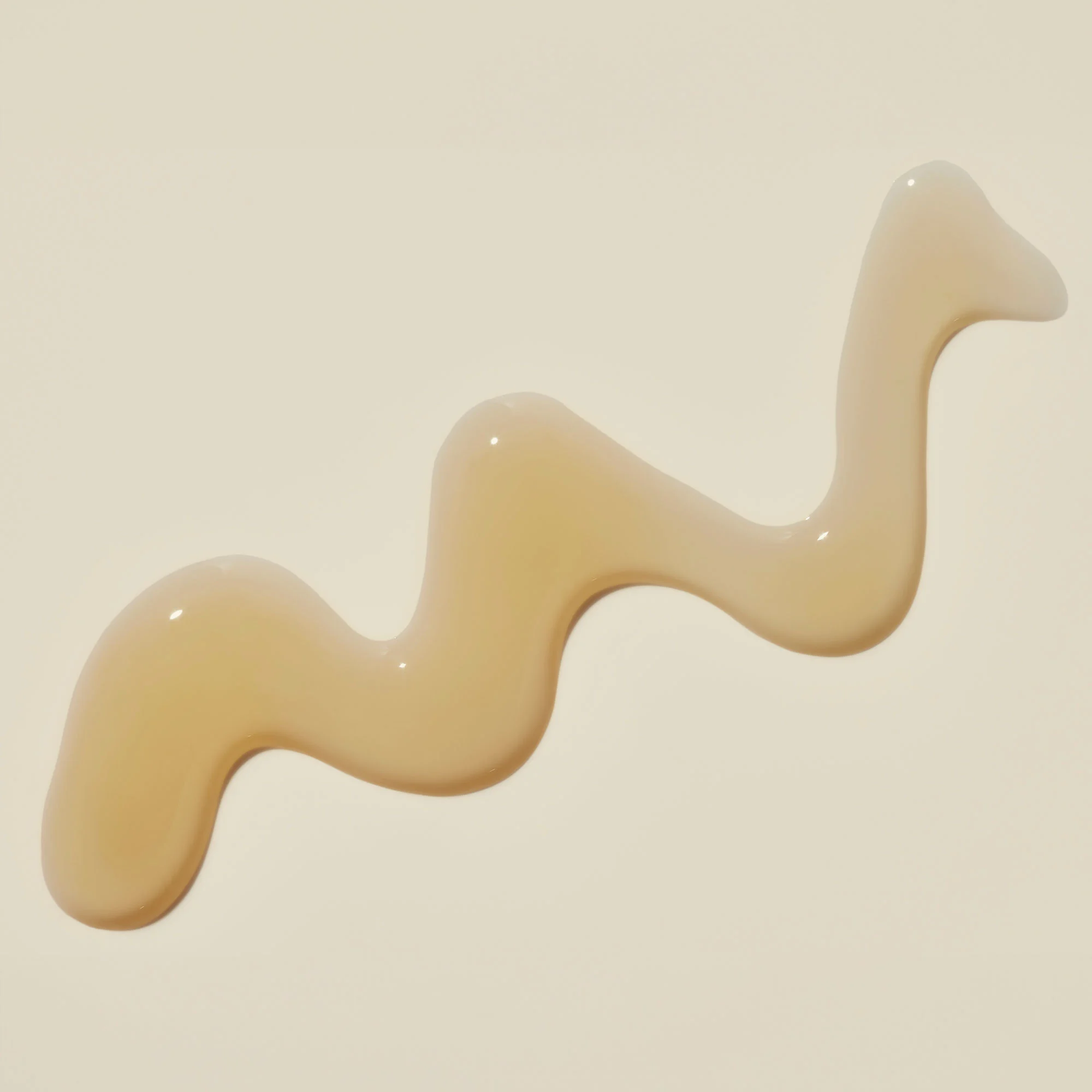
MELITTIN
The most abundant peptide in bee venom, melittin, is renowned for its potent anti-inflammatory and antimicrobial properties. It effectively reduces inflammation and combats infections, making it valuable for various therapeutic uses. Additionally, melittin plays a crucial role in pain relief by modulating pain pathways and has a significant impact on skin cell activity. It promotes healing and enhances skin health through its multifaceted effects.
Melittin stimulates collagen production by encouraging fibroblast activity, which boosts collagen synthesis, thereby improving skin elasticity and reducing wrinkles. Its anti-inflammatory properties help soothe and calm irritated skin. By enhancing blood flow, melittin also contributes to a radiant glow through improved circulation. Overall, melittin supports skin rejuvenation, contributing to the renewal and health of the skin.
APAMIN
This peptide significantly impacts the nervous system. Apamin has been studied for its potential neuroprotective benefits, which may help in protecting nerve cells from damage and promoting overall neural health. Research suggests that apamin could play a role in mitigating neurological disorders and supporting cognitive function by influencing ion channels in nerve cells. Its unique properties make it a promising candidate for further exploration in neurotherapy and related fields.
PHOSPHOLIPASE A2
An enzyme that plays a crucial role in breaking down phospholipids within cell membranes. This process leads to the release of arachidonic acid, which is a precursor to various pro-inflammatory compounds. By disrupting cell membranes and initiating the inflammatory response, Phospholipase A2 contributes to the venom’s potent anti-inflammatory effects. Additionally, it has immune-modulating properties, which can help regulate the body's immune response. Its ability to influence both inflammation and immunity makes Phospholipase A2 a key player in the therapeutic potential of bee venom.
HYALURONIDASE
An enzyme that plays a pivotal role in enhancing the spread and absorption of the venom’s components. It achieves this by breaking down hyaluronic acid, a key component of connective tissues that helps maintain tissue hydration and integrity. By degrading hyaluronic acid, hyaluronidase facilitates the dispersion of the venom throughout the affected area, allowing its therapeutic effects to reach deeper and broader tissue layers. This mechanism not only amplifies the efficacy of the venom’s active compounds but also enhances its overall therapeutic potential by promoting more efficient delivery and action.
MODERN APPLICATIONS AND BENEFITS
Bee venom is a remarkable substance with a diverse range of applications, from skincare to medical treatments. Recent advancements have led to innovative uses of bee venom in various products:
Skincare Products: Often referred to as "Nature's Botox," bee venom is used in creams, serums, and masks for its anti-aging and rejuvenating effects. Our Eternal Renewal Regenerating Collection blends bee venom with other powerful ingredients, such as royal jelly and high-grade MGO 800+ mānuka honey, to amplify its benefits. This combination stimulates collagen production to improve elasticity and reduce wrinkles, soothes irritated skin, boosts circulation for a radiant glow, and supports overall skin rejuvenation.
Medical Treatments: Bee venom therapy, or apitherapy, is an emerging field exploring its potential in treating chronic pain, autoimmune diseases, and other health conditions. Clinical research continues to investigate its efficacy and safety.
As research continues, bee venom may unlock even more possibilities, solidifying its place as a valuable natural resource in both health and beauty industries.
THE MĀNUKA HEALTH DIFFERENCE
The bee venom used in our skincare is extracted in a way that ensures no harm comes to the bees. Collecting venom from the hive does not negatively impact the colony’s strength, brood rearing, or productivity of honey, pollen, or wax.
Animal welfare is of utmost importance to us, and we prioritize working with manufacturers who share this commitment.
HERE'S HOW WE COLLECT THE VENOM:
Collection Method: Bees deposit their venom onto a glass plate placed inside the hive, which has a low electrical current running through it.
Crystallization: The liquid venom crystallizes immediately upon contact with the plate.
Harvesting: The crystalline venom is carefully scraped off the glass plate.
Time Limit: The collection process is limited to a maximum of one hour per day, ensuring that it does not harm the bees.
Bee Well-Being: During collection, the bees are unharmed; they release the venom, fly away, and continue to produce more venom.
This responsible approach allows us to obtain high-quality bee venom while prioritizing the health and well-being of the bee population.
Conjure the glow of regeneration.
Enliven the eyes with royal jelly.
Raw Mānuka Honey
Nature's golden gift. Discover the bounty of benefits mānuka honey brings to the body, from the inside out. Shop raw mānuka honey from New Zealand and experience its unique properties.
Shop Manuka HoneyRoyal Jelly
Nature's Secret to Youthful Vitality. Uncover the power of Royal Jelly, a bioactive elixir crafted by nature. Packed with essential nutrients, it supports regeneration, boosts vitality, strengthens hair, and promotes, revitalized skin.
Shop Royal JellyPropolis
Nature's cloak of immunity. Support your body and skin with propolis products, perfect for daily use or an added boost during seasonal changes for enhanced immunity and glowing skin.
Shop Propolis